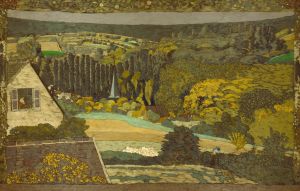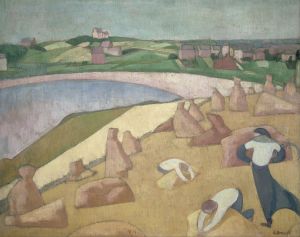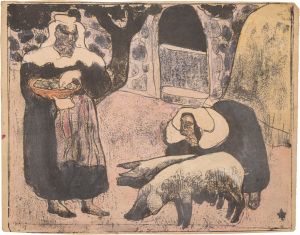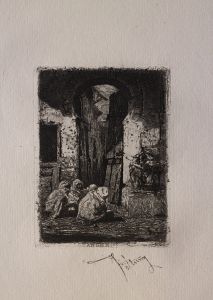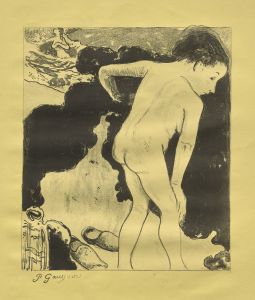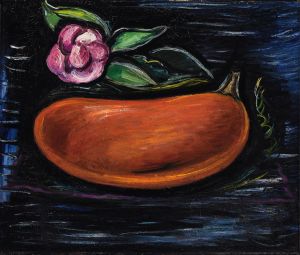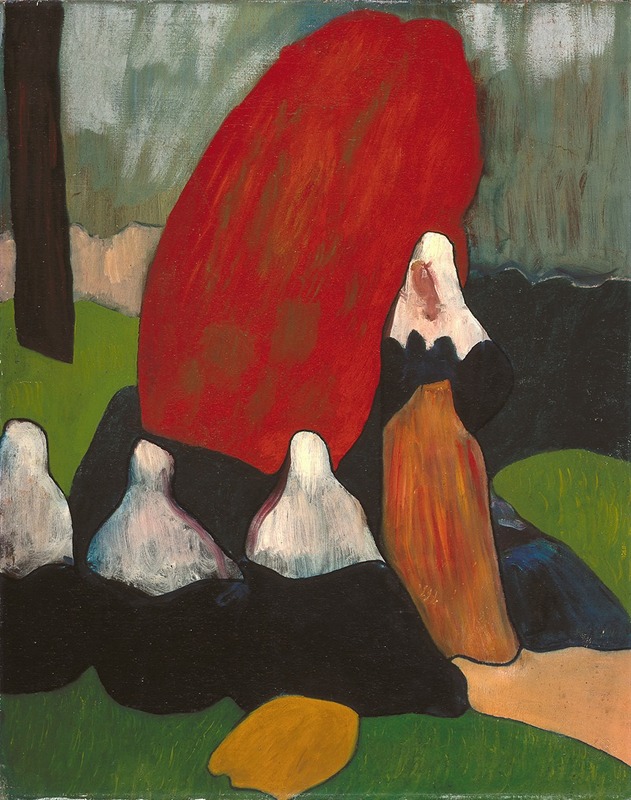
Breton Women with Seaweed
A hand-painted replica of Emile Bernard’s masterpiece Breton Women with Seaweed, meticulously crafted by professional artists to capture the true essence of the original. Each piece is created with museum-quality canvas and rare mineral pigments, carefully painted by experienced artists with delicate brushstrokes and rich, layered colors to perfectly recreate the texture of the original artwork. Unlike machine-printed reproductions, this hand-painted version brings the painting to life, infused with the artist’s emotions and skill in every stroke. Whether for personal collection or home decoration, it instantly elevates the artistic atmosphere of any space.
"Breton Women with Seaweed" is a painting by the French artist Émile Bernard, created in 1892. Bernard was a significant figure in the Post-Impressionist movement and played a crucial role in the development of Symbolism and Synthetism in art. His work often reflected his interest in the everyday life and culture of Brittany, a region in northwestern France.
The painting depicts a group of Breton women engaged in the traditional activity of collecting seaweed along the coast. This practice was a common sight in Brittany, where seaweed was harvested for various uses, including as fertilizer and in the production of iodine. Bernard's choice of subject matter reflects his fascination with the rural and coastal life of Brittany, which he frequently explored in his art.
In "Breton Women with Seaweed," Bernard employs a style that is characteristic of his work during this period. The painting is noted for its use of bold outlines and flat areas of color, a technique that Bernard developed alongside his contemporaries, such as Paul Gauguin. This approach, known as Cloisonnism, was inspired by the stained glass and cloisonné enamel techniques, which use strong outlines to separate areas of color.
Bernard's use of color in the painting is particularly striking. He employs a palette of earthy tones and muted colors, which evoke the natural landscape of Brittany. The composition is carefully structured, with the figures of the women arranged in a rhythmic pattern that guides the viewer's eye across the canvas. This sense of movement and harmony is a hallmark of Bernard's work and reflects his interest in creating a synthesis between form and color.
The painting also reflects Bernard's interest in capturing the essence of Breton culture. The women are depicted wearing traditional Breton costumes, which are characterized by their distinctive headdresses and aprons. Bernard's attention to detail in rendering these costumes adds an ethnographic dimension to the work, highlighting his respect for the cultural heritage of the region.
"Breton Women with Seaweed" is an example of Bernard's ability to blend observation with imagination. While the scene is rooted in the reality of Breton life, Bernard's stylized approach imbues it with a sense of timelessness and universality. The painting is a testament to Bernard's skill as an artist and his deep connection to the people and landscapes of Brittany.
Today, Émile Bernard is recognized as a pivotal figure in the transition from Impressionism to the more abstract and symbolic forms of modern art. His work, including "Breton Women with Seaweed," continues to be celebrated for its innovative use of color and form, as well as its insightful portrayal of regional life and culture. The painting remains an important piece in the study of Post-Impressionist art and the broader history of modern painting.





